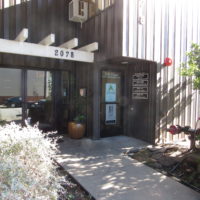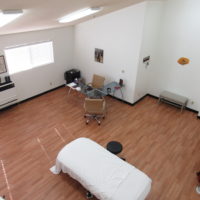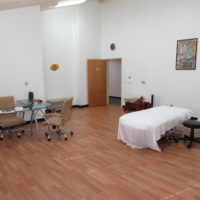The body is designed to maintain itself. For most people persistent chronic physical issues don’t arise until after age 30 or so, unless there is some trauma, athletic or otherwise. The issue then graduates to a chronic pattern and then the search for eradication, whether by exercise, pill, knife, manual therapy, begins. Most do not realize that their physical circumstances have changes, usually in two related ways. First, as we get older, we adopt more sedentary lifestyles. We move and exercise less. Second, this results in our bodies becoming more dense, less fluidic, less flexible.
The immediate result is restriction and then pain. What was once normal movement is now compromised and the result is a chain reaction of compensations throughout the body as it reorganizes itself around its limitations. That is why, for example, an ankle problem can show up as a back issue or a shoulder problem as a neck issue. The underlying problem, however, is the body’s inability to respond to the issue and return the body to its previous healthier state. It is, in a word, a loss in Resiliency.
The body’s connective tissue, the fascia, is the key ingredient in this process. In the last 20 years scientists from all over the world have presented their research on fascia demonstrating its critical importance in the muscular-skeletal complex and in every day human issues. I have published a number of articles in the Journal of Structural Integration exploring and amplifying upon the critical role fascia plays in our body’s resilience and the central role fascia plays in the Rolfing® process. If you are interested in reading more about this recent research, read my article, “An Overview of the Fourth International Fascia Research Congress.” For more on the central importance of fascia in the development and history of Structural Integration, please read, “From the Research Editor“.
The aim of Rolfing Structural Integration is to return the body to normal movement so that it can then maintain itself. The goal is not just to repair, but to restore. The more the body moves and functions as it was intended, the more youthful it becomes and the more it “cures” itself.
The natural state of the body is movement. Even with a body at rest there is subtle and critical movement of breath, blood, lymph, cerebral spinal fluid, etc. Many organs hang by ligaments in bags like the heart in the pericardium so that they are constantly toned and kept healthy by everyday movement. In this way but normal everyday movement that the body maintains health and efficiency. Movement is life and or as I humorously put it to my clients, “if you stop moving, we take your pulse!”
Once the limitations to normal movement are reduced and hopefully removed, body begins a process of returning to normality and health, recovery and repair. I describe this process as moving from Pain to Performance, or the Pain/Performance continuum. Psychologically and emotionally, instead of seeing one’s daily life through the prism of pain, the client can begin to treat his issue are entirely manageable and get on with enjoying life. Significantly, the process by which Rolfing® removes the restrictions causing Pain is the same process by which the Rolfer removes restrictions to improve Performance!
From a Resiliency point of view, it is completely normal for bodies to encounter problems. What is not normal is the inability of a body to return to health. The critical element in a Rolfing session is not how the client feels right after a session—-whether there is pain or not—but how the body reorganizes itself in the days and weeks that follow and then, how the body responds to the next incident, can it restore without intervention by a health practitioner? For further reading on my thoughts on Resiliency, please read, “Resiliency as a Conceptual Model: Bridging Pain and Integration”.
I also want to take note of clients who have unusual situations from early age, such as scoliosis, etc. The goals are still the same, to create balance and to increase the body’s resiliency and power to restore itself. Whether the problems are recent or lifelong, Rolfing Structural integration counters the effects of gravity and the stiffening effects of aging, rolling back the clock to a time when the body was more fluid, more agile, more resilient.
As one of my clients once commented to me, “This is as close to the Fountain of Youth as I am going to get.”




